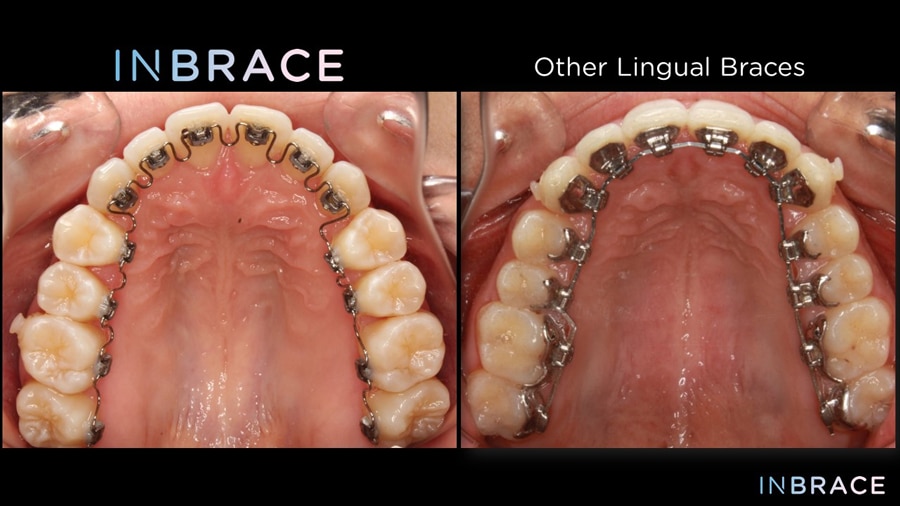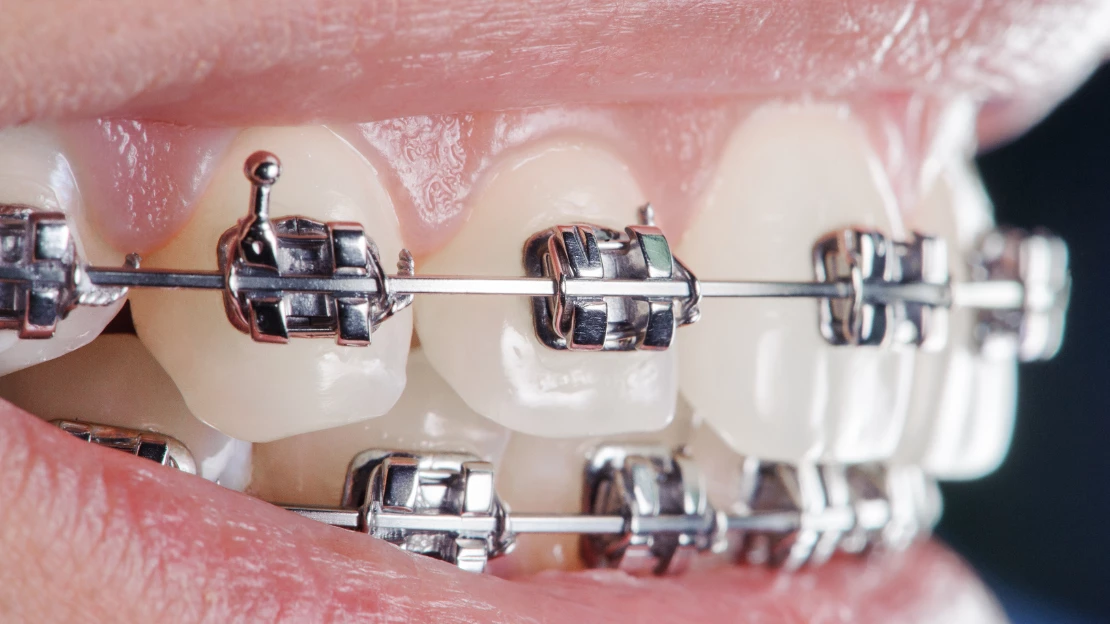Your Guide to Cumming Invisalign: Straightening Teeth with Style and Comfort
Your Guide to Cumming Invisalign: Straightening Teeth with Style and Comfort
Blog Article
Comprehensive Overview to Orthodontics Procedures for Fixing Dental Misalignments
Understanding the intricacies of each procedure, including their devices, benefits, and potential drawbacks, is critical in making notified choices concerning one's orthodontic therapy. As we browse through the extensive overview to orthodontic treatments for dealing with dental misalignments, the complex information of each technique will certainly unfold, dropping light on the course toward a unified and functional dental placement.
Orthodontic Procedures Overview

Along with conventional dental braces and clear aligners, orthodontists might also recommend other treatments like headgear, palatal expanders, or retainers to address particular alignment issues (cumming invisalign). These procedures are tailored per client's unique needs and might include a combination of therapies to achieve the wanted results. Normal changes and monitoring are crucial parts of orthodontic treatment to make sure development is on track and to make any necessary modifications along the method. By going through orthodontic treatments, patients can not only accomplish a straighter smile however additionally improve their general dental health and wellness and feature.
Conventional Dental Braces: Just How They Work
When considering orthodontic therapies for dental imbalances, typical dental braces stand apart as a reliable technique for remedying teeth placing. Conventional braces are composed of braces, cords, and bands that interact to apply constant pressure on the teeth, slowly relocating them into the desired alignment. The brackets are connected to the teeth making use of a special adhesive, and the cables are threaded via the brackets. By changing the stress of the cords, orthodontists can manage the direction and pressure related to each tooth, guiding them into correct alignment gradually.
One secret element of just how traditional braces work is the process of bone remodeling. As pressure is used to the teeth through the braces, the bone bordering the teeth is reshaped to support the new tooth placements. This renovation is important for the long-term security of the fixed alignment. Individuals will require regular changes at the orthodontist's workplace to make sure the braces continue to use the proper pressure for reliable teeth motion.
Invisible Aligners: Benefits And Drawbacks
These clear, customized trays are essentially undetectable when worn, making them an appealing choice for individuals seeking an extra visually pleasing orthodontic therapy. Individuals can eliminate the aligners before consuming or cleaning their teeth, decreasing the threat of food obtaining stuck in the device and simplifying the cleaning process.

Surgical Orthodontic Options
Surgical interventions in orthodontics present sensible alternatives for addressing complex dental imbalances that may not be properly dealt with through conventional orthodontic therapies. While standard dental braces and unseen aligners can deal with numerous orthodontic problems, certain cases need medical treatment to achieve optimum results. Surgical orthodontic options are commonly suggested for serious malocclusions, significant jaw discrepancies, and situations where the underlying bone structure needs adjustment to accomplish appropriate positioning.
One common surgical orthodontic procedure is orthognathic surgery, which includes rearranging the jaws to remedy practical issues such as problem talking or eating. This surgery my sources is typically carried out in collaboration with an orthodontist who aids align the teeth before and after the treatment. Surgical orthodontics might likewise include treatments to reveal impacted teeth, get rid of excess periodontal cells, or reshape the jawbone to produce an extra unified facial profile.
Prior to thinking about medical orthodontic options, people undertake an extensive assessment to establish the need and possible benefits of such treatments. orthodontics. While surgical procedure might seem complicated, it can significantly boost both the function and looks of the smile in instances where traditional orthodontic therapies fail
Retainers and Post-Treatment Care

Post-treatment care involves adhering to the orthodontist's guidelines carefully. This may include proper oral health techniques, going to follow-up appointments, and putting on the retainers as suggested. Failing to abide with post-treatment treatment directions can cause regression, where the teeth progressively relocate back in the direction of their original placements. Consistent retainer wear, excellent oral hygiene, and normal dental check-ups are necessary for preserving the results achieved published here through orthodontic surgical treatment and ensuring the lasting stability of the fixed oral placement.
Conclusion
In conclusion, orthodontic treatments offer different alternatives for correcting oral imbalances. Traditional braces make use of metal braces and cords to change teeth right into proper alignment. Invisible aligners offer an even more very discreet alternative yet may not appropriate for all cases. Surgical orthodontic choices are available for more severe imbalances. Retainers are commonly made use of post-treatment to preserve the brand-new alignment. On the whole, orthodontic treatments can successfully boost oral health and visual appearance.
As we navigate through the thorough guide to orthodontic treatments for fixing dental imbalances, the complex information of each technique will certainly unravel, shedding light on the path towards a harmonious and practical oral positioning. - aligners
One of the most usual orthodontic therapies is the usage of braces, which consist of steel braces and cables that apply gentle pressure to progressively shift teeth into the preferred position.When thinking about orthodontic treatments for oral imbalances, typical dental braces stand out as a tried and true method for correcting teeth placing. Additionally, unnoticeable aligners might not be ideal for complex orthodontic problems that require even more substantial teeth motion, as they are generally recommended for light to moderate cases. Retainers are custom-made orthodontic devices created to hold teeth in their remedied positions after the conclusion of orthodontic therapy.
Report this page